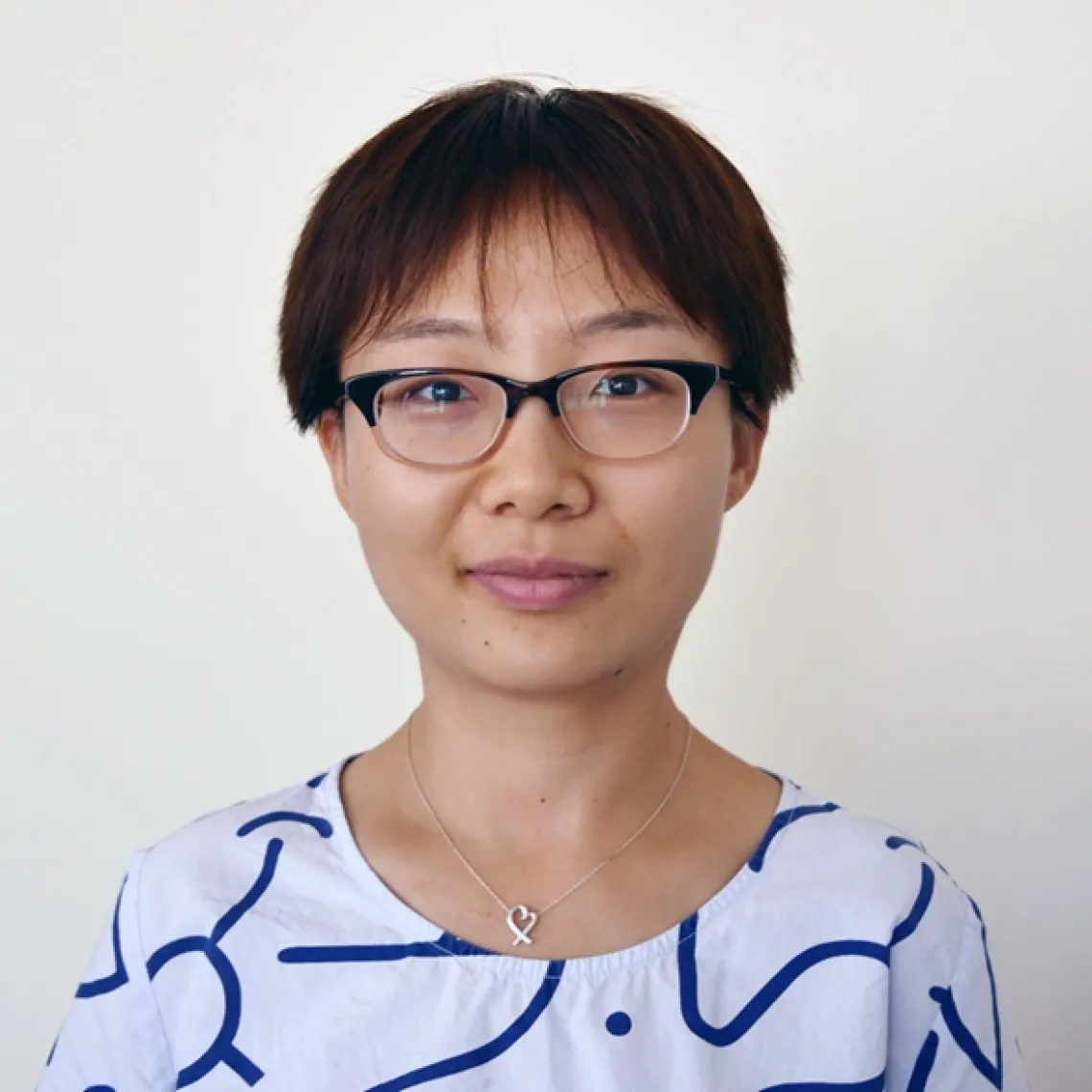Hydrology-Atmospheric Sciences

When
Seminar Format
Available in-person--Harshbarger 110--and via Zoom webinar. Contact the department to subscribe to the email list (zoom link provided in announcement).
Abstract
Urban land surface modifies the flows in the lower atmosphere, called the atmospheric boundary layer (ABL); it also represents a critical source of various scalars (e.g., heat and passive pollutants) and particles (e.g., dust, microplastics, etc.). However, it remains a persistent challenge in large-scale weather and climate modeling systems to represent these transport processes. In the first part of the talk, motivated by observational evidence of the modification of urban precipitation climatology in multiple cities over the CONUS, we discuss how urban canopy modifies the transport of momentum and scalars, focusing on the effects of multi-scale surface heterogeneity. In the second part of the talk, going beyond the microscales, we examine the implications of anthropogenic sources of microplastic particles, especially fibers in global atmospheric long-range transport. A semi-analytical model based on the slender body theory and parameterization of the rotational dynamics is developed. The model is applied to field measurement data of airborne microplastic fibers collected in the US national parks and implications of the results will be discussed.

